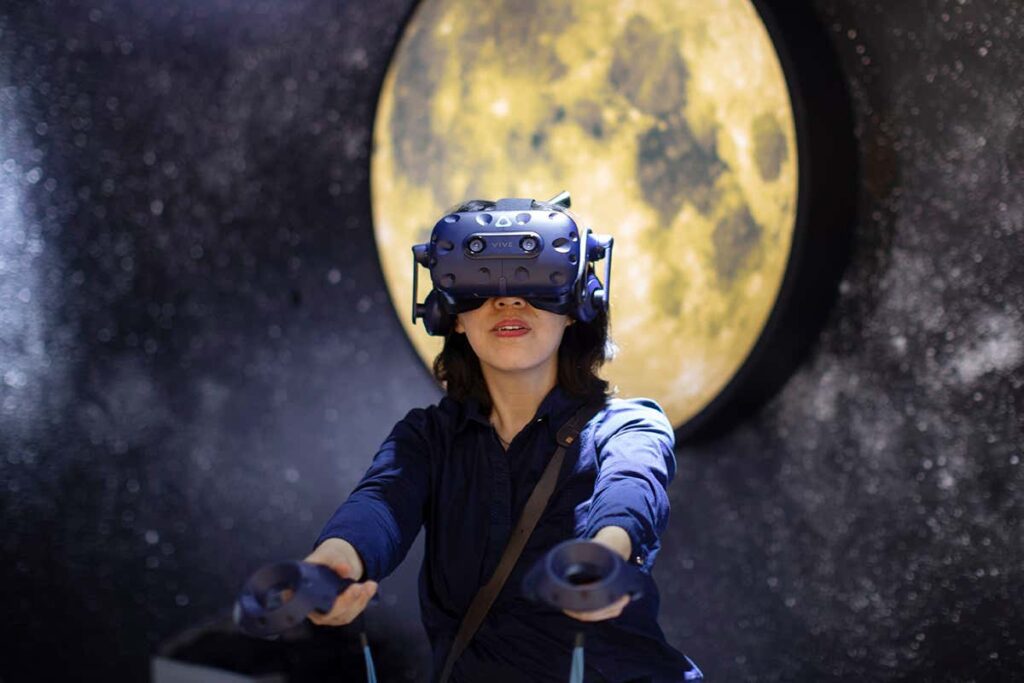Luis Eduardo Garrido suffered from Cybersickness, a type of motion sickness that can afflict users of VR technology.According to Garrido’s colleague, the illness affects just about 2% of people. Companies are shrinking devices and operating them on less potent CPUs to make VR more inexpensive and accessible. As a result, more people will certainly feel dizzy from cyberspace. Depending on how long an individual’s effects persist, VR technology may not only be uncomfortable for them but also practically useless. Oman claims that whenever the head moves, the brain predicts how the inner ear canals, the eyes, and other body parts will move. Dizziness, nausea, cold chills, pale complexion, and weariness are indicators of an imbalance between what the brain anticipates and what it really experiences. The majority of advice suggests taking a little break every 30 minutes to prevent the disease from developing. As part of their own investigation, researchers enlisted 92 participants to use the identical VR application that rendered them ill.
Read more from Thedailybeast.com


